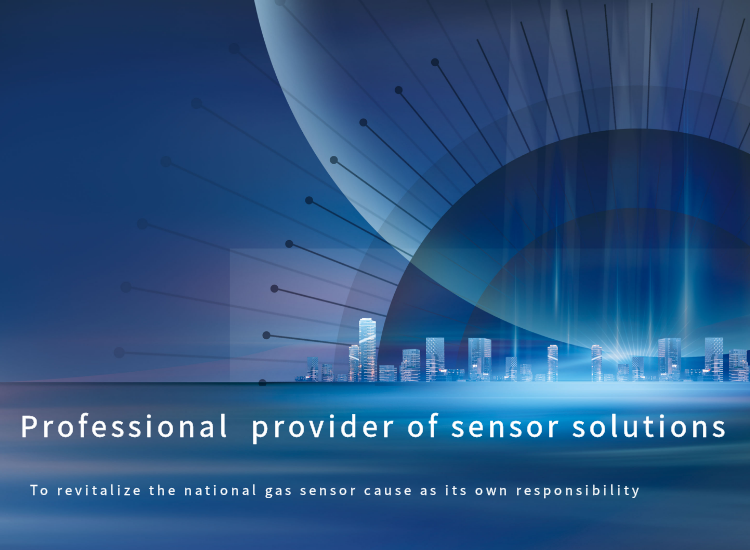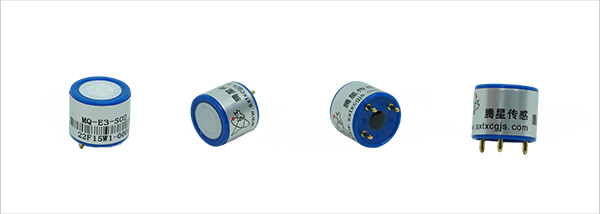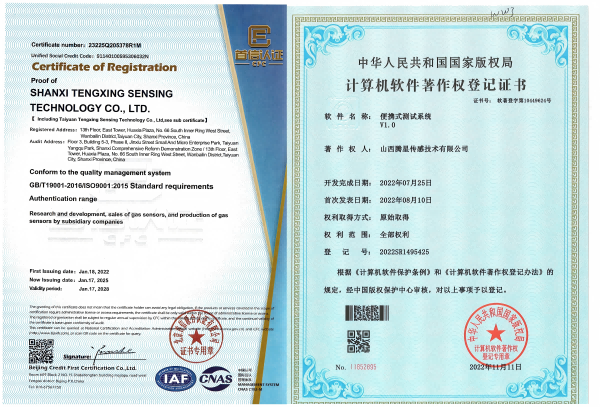

 Products
Products Toxic Gas Sensor
Toxic Gas Sensor
for industry gas monitoring
Application:
For detecting SO2 in industry or environmental protection fieldProduct characteristics:
Low power consumptionDescription
MQ-E3-SO2 is the sensor of fixed potential electrolysis type. By redox reaction, SO2 and O₂release charge and form the current. The value of current is proportional to the concentration of SO2 and follow the Faraday’s Law. By testing the value of current, the concentration of SO2 is known.
Product images

Technical specifications
project | parameter |
tracer gas | Sulfur dioxide (SO2) |
range | 0~20ppm |
Maximum measurement limit | 150ppm |
sensitivity | (0.55±0.15)μA/ppm |
resolution ratio | 0.1ppm |
Response time (T90) | ≤30S |
bias voltage | 0mV |
Load Resistance (recommended) | 10Ω |
repetitiveness | <2% |
Stability (/ month) | <2% |
Output linearity | linear |
Zero-point drift (-20℃ ~40℃) | ≤0.2ppm |
temperature range | -20℃~50℃ |
Humidity range | 15%~90%RH |
pressure limit | Standard atmospheric pressure is ± 10 |
life length | 2 years (In Air) |
Basic Circuit
Test Circuit
Sensor Characterization
Application
Widely used in industry or environmental protection field for detecting SO2.

Production workshop

Certificate Qualification

TenSensor, China's first listed gas sensor company,Tensensor can provide more than 100 varieties of six series including:
semiconductor gas sensor
electrochemical gas sensor
infrared gas sensor
dust sensor
pyroelectric sensor
thermopile sensor, etc.
which can be used for more than 200 kinds of gas and infrared, dust and other indicators detection, widely used in the field of security for detecting gas leakage, noxious gas leakage, smog and fire, the field of family, office and factory for detecting HCHO, VOC, CO2, PM2.5 and so on.
Moreover, the solutions for security, household electrical appliances, consumer electronics, smart home, instruments and meters are available.
For more information about MQ-E3-SO2 sensor, please contact account manager.
TEL:0086-0351-5249552
Whatsapp:+86 18335818384
Email:[email protected]
Request Consultation